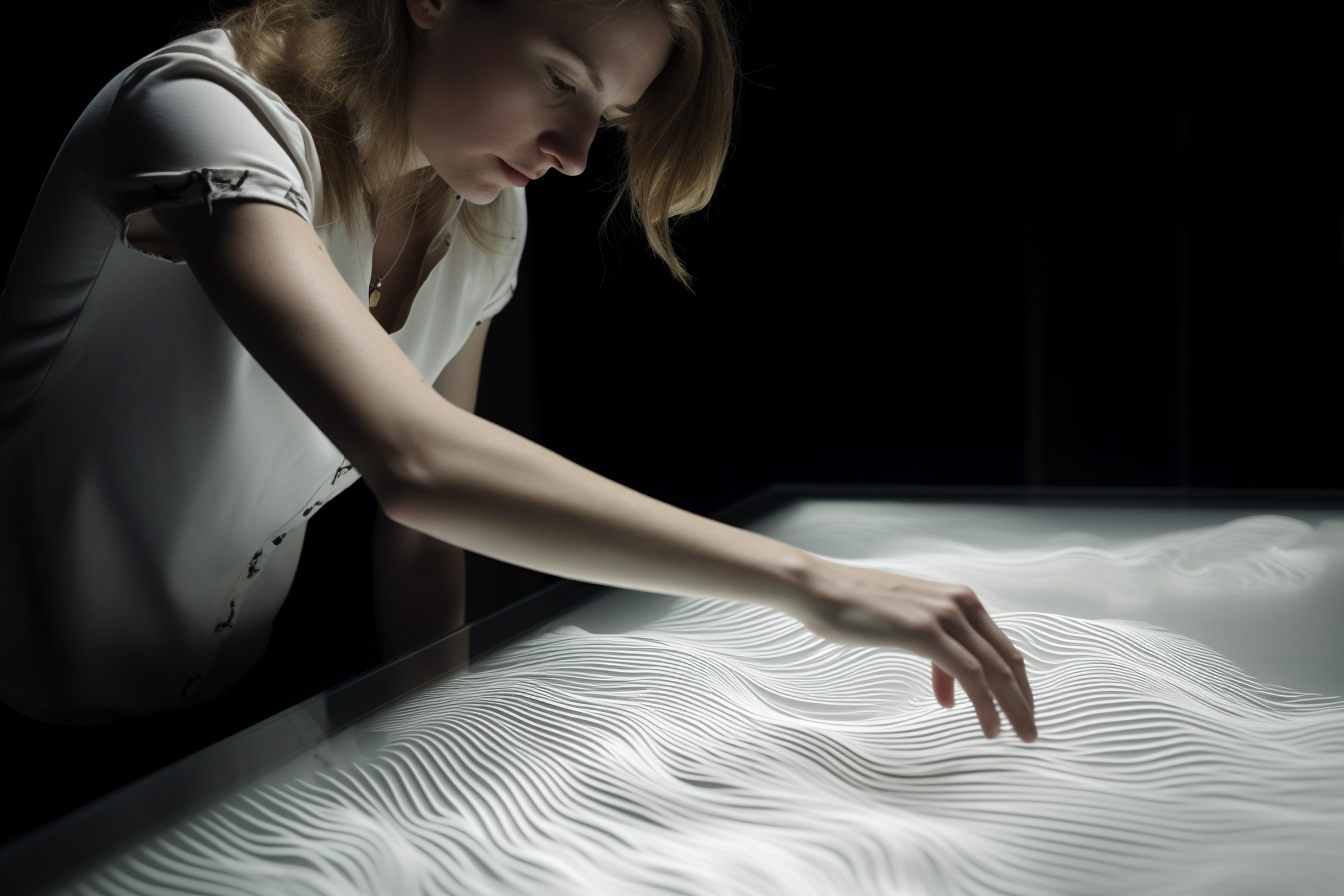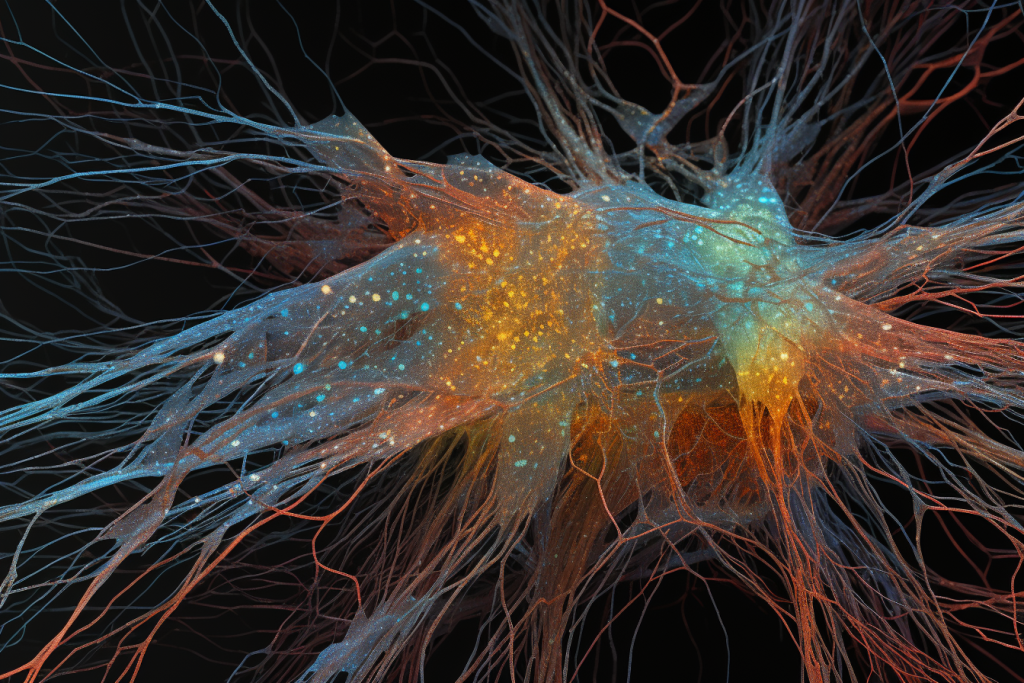This is a comprehensive overview of visual-tactile synthesis, a technology that combines realistic visual and tactile images to create immersive experiences. The article covers various aspects of this technology, including its applications, challenges, and future opportunities.
Key Points:
- Visual-Tactile Synthesis: A technology that synthesizes realistic visual and tactile images based on user input.
- Applications: Online shopping, virtual reality (VR) and augmented reality (AR), telepresence and teleoperation, accessibility for individuals with disabilities, and art and design.
- Challenges: Limited generalization capabilities, difficulty in rendering softness, and need for interdisciplinary collaboration.
- Future Opportunities: Improved generalization, enhanced rendering of 3D objects and surface normals, integration with other sensory modalities, and development of new techniques for softness rendering.
Real-World Applications:
- Online Shopping: Enhance online shopping experience by allowing users to virtually touch and feel products.
- Virtual Reality (VR) and Augmented Reality (AR): Create more immersive environments for gaming, education, and training.
- Telepresence and Teleoperation: Enhance remote collaboration and control in situations where physical presence is not possible or feasible.
Conclusion: Visual-tactile synthesis has the potential to revolutionize the way we interact with digital content, and its applications are vast and varied. As researchers continue to address current limitations and explore new opportunities, we can anticipate a bright future for this technology.
Additional Resources:
- Ruihan Gao, Wenzhen Yuan, Jun-Yan Zhu: Synthesizing Visual and Tactile Images from Text and Sketch Prompts
- GelSight: High-Resolution Robot Tactile Sensors
- OpenAI’s DALL-E: Creating Images from Text
- TanvasTouch: Surface Haptic Technology
- Generative Adversarial Networks (GANs): A Comprehensive Overview



